Introduction
Logistics and management are rapidly evolving thanks to new technologies. Some innovations, though surprising and sometimes strange, have the potential to significantly transform these sectors. In this article, we will explore some of these technologies and their potential impact on logistics and management.
1. Delivery Drones
Delivery drones are one of the most futuristic technologies that could revolutionize logistics. Used to deliver packages quickly and efficiently, they promise to reduce delivery times and transportation costs.
Visual: Growth of the Delivery Drones Market
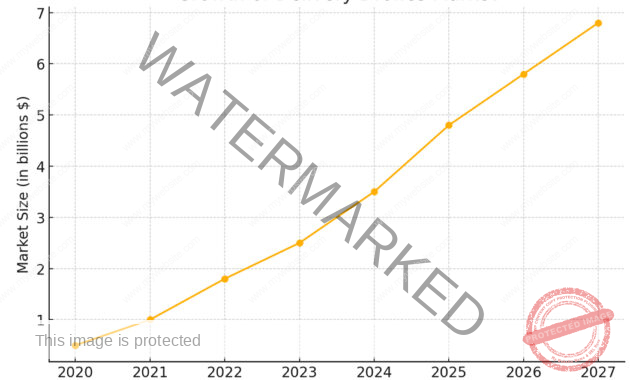
Statistic: According to a study by MarketsandMarkets, the delivery drones market is expected to reach $6.8 billion by 2027, with a compound annual growth rate of 53.8%.
2. Autonomous Vehicles
Autonomous vehicles, including driverless trucks, are another strange technology that could have a major impact on logistics. These vehicles can operate without human intervention, thus reducing labor costs and increasing delivery efficiency.
Visual: Cost Reduction and Safety Increase with Autonomous Vehicles
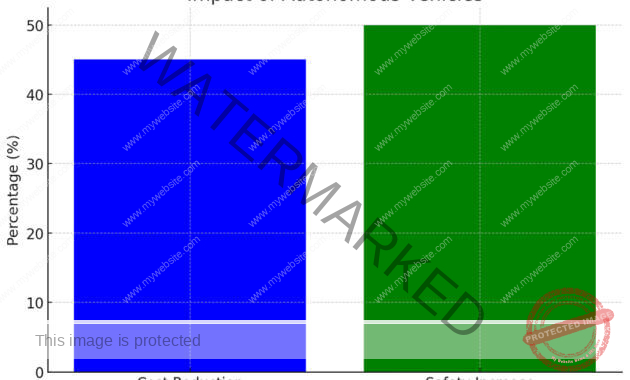
Statistic: A study by Allied Market Research indicates that autonomous vehicles could reduce transportation costs by 45% and increase road safety by 50%.
3. Warehouse Robots
Warehouse robots are used to automate handling and storage tasks. These robots can autonomously move around warehouses, optimizing space and speeding up operations.
Visual: Impact of Warehouse Robots on Efficiency and Errors
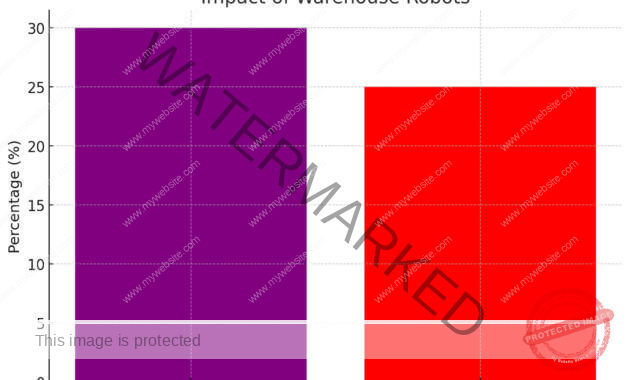
Statistic: According to a study by Statista, using warehouse robots can increase operational efficiency by 30% and reduce errors by 25%.
4. Internet of Things (IoT)
The Internet of Things (IoT) connects various devices and sensors to collect and analyze real-time data. In logistics, IoT can be used to track shipments, monitor environmental conditions, and optimize supply chains.
Visual: Adoption of IoT in Logistics
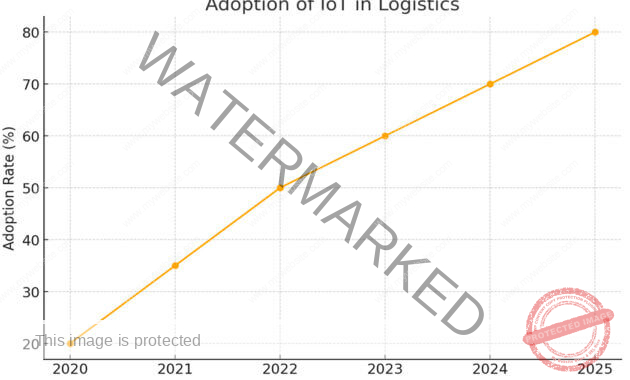
Statistic: According to a study by Gartner, IoT adoption in logistics is expected to increase by 80% by 2025, enabling cost savings of 15%.
5. Augmented Reality (AR)
Augmented Reality (AR) can be used to improve warehouse management by overlaying digital information onto the real world. Workers can use AR glasses to view work instructions, picking routes, and product information.
Visual: Use of Augmented Reality in Warehouses
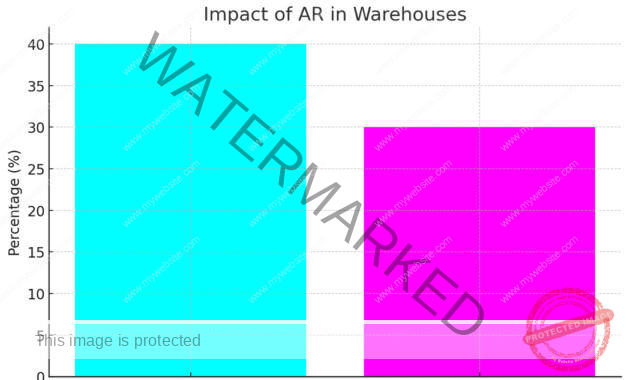
Statistic: A study by PwC shows that using AR in warehouses can reduce picking times by 40% and improve accuracy by 30%.
Conclusion
These strange and innovative technologies have the potential to significantly transform logistics and management. By adopting these technologies, companies can improve their efficiency, reduce costs, and stay competitive in an ever-evolving market.

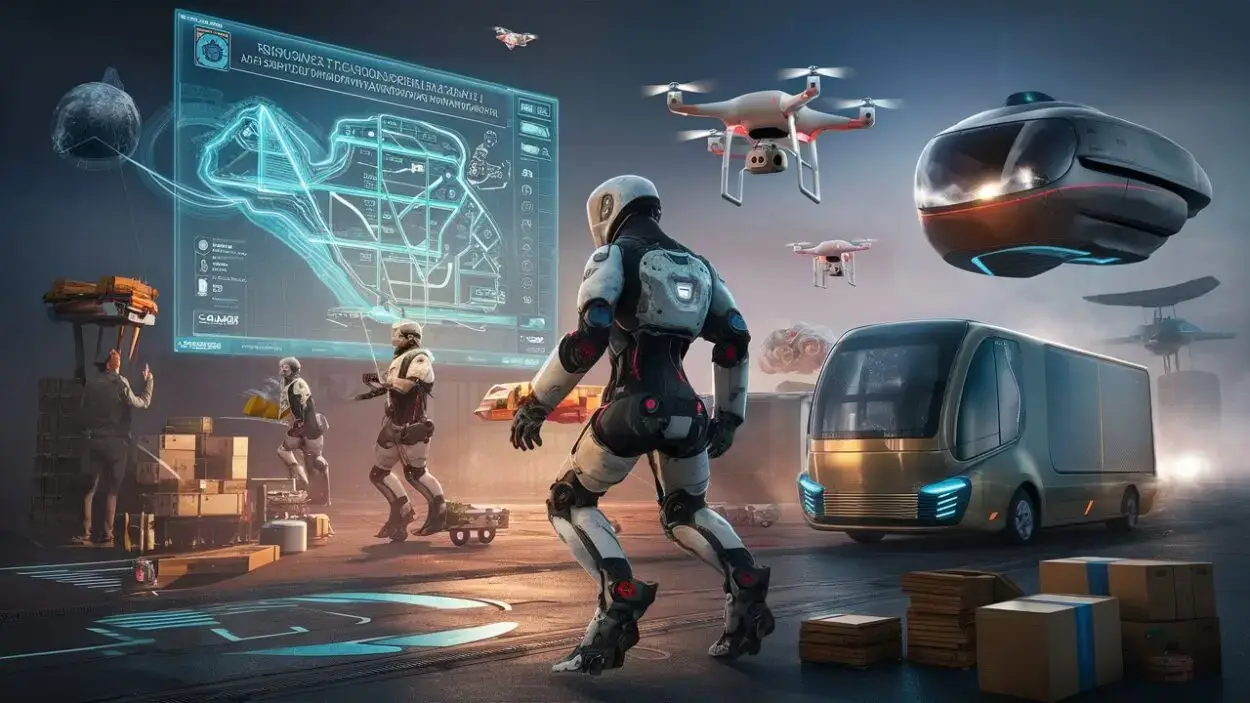
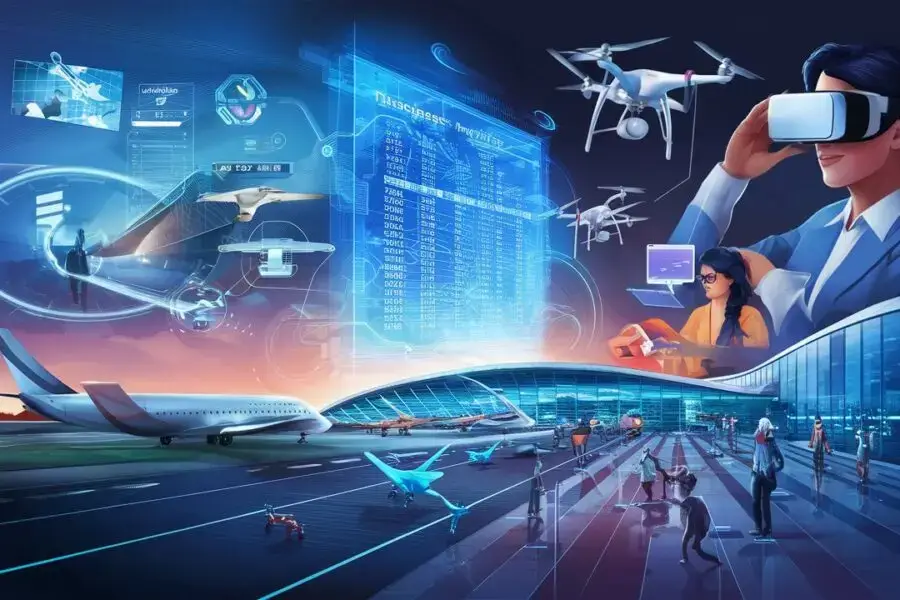



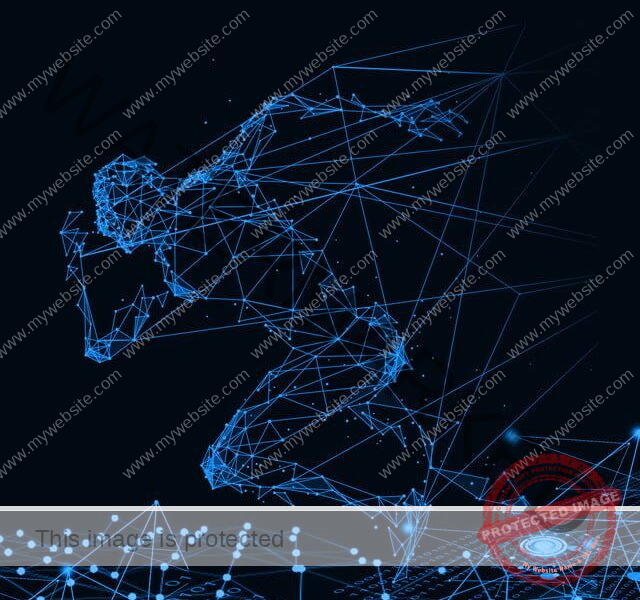
Leave a Comment